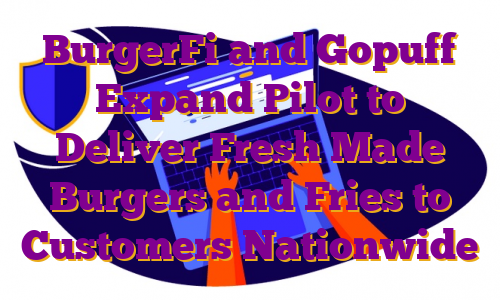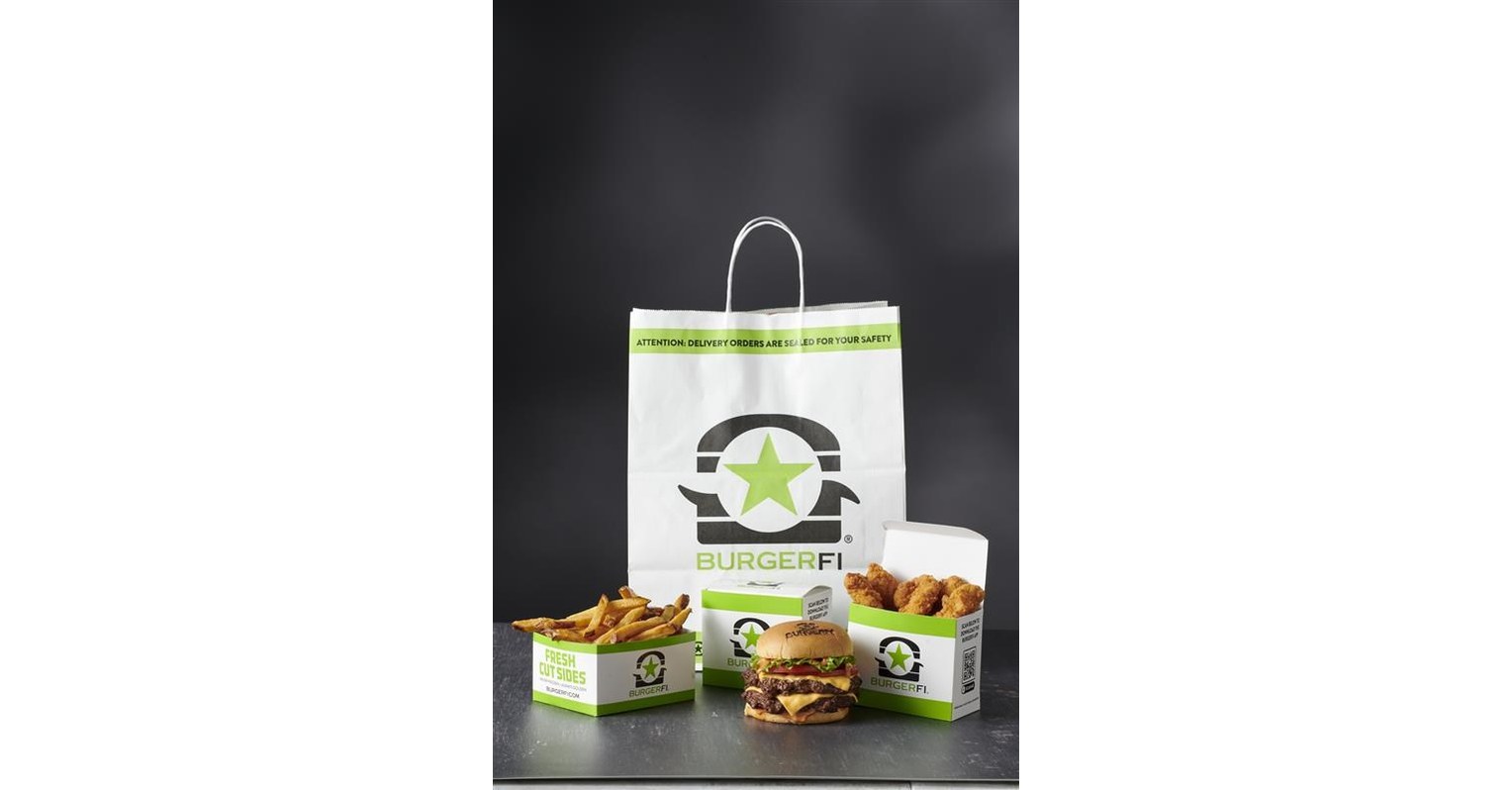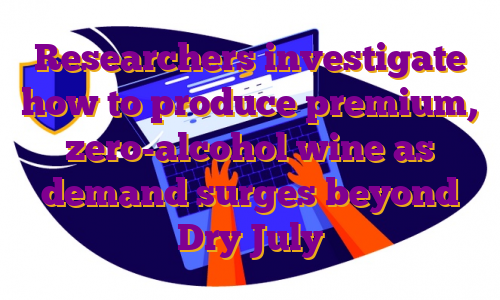Following a successful 90-day pilot program in Tallahassee, brands enter into an extended agreement
Tweet this
“The synergy between BurgerFi and Gopuff remains unrivaled, and the continuation of this partnership is a natural next step in raising the bar for our guests who value convenience and delivery,” said Ophir Sternberg, Executive Chairman of BurgerFi. “As we look to redefine the way the world eats burgers, we can’t think of a better partner to grow this late-night option nationwide.”
Following a successful 90-day pilot program in which BurgerFi’s “Fi on the Fly” food truck was stationed outside of a Gopuff location in Tallahassee, the new agreement will fully transition operations, food preparation and distribution to Gopuff’s local teams and facilities. BurgerFi products will soon be available for delivery from more than 30 Gopuff Fresh Food Halls across the country – including in locations where no other BurgerFi restaurant exists, instantly expanding BurgerFi’s national presence by leveraging Gopuff’s local logistics network, teams and infrastructure.
“Having seen how much Gopuff customers in Tallahassee loved accessing BurgerFi for delivery, we look forward to expanding our partnership to bring their delicious, fresh and quality food to more customers in minutes,” said Amelia Riba, VP Kitchens, Gopuff. “With our nationwide infrastructure, trained teams, and control over inventory and cooking prep, we have the ability to truly partner with restaurants like BurgerFi to curate menu and help them reach more customers instantly – without putting added stress on their restaurants for delivery. As we continue to build out the Fresh Food Hall offering, we are thrilled to be able to deliver BurgerFi food alongside thousands of everyday items we bring to our customers daily.”Products available to Gopuff customers in select markets will include:
- A-Grade Burgers: Double-up on 100% all-natural Beef patties, American cheese and loads of premium, thick-cut bacon in the sizable and juicy Ultimate Bacon Burger or keep it classic with the popular BurgerFi Cheeseburger. Both options are available in Junior sizes as well.
- Freshly-Prepared Fries: BurgerFi’s perfectly seasoned fries will be delivered with speed as part of Gopuff’s instant delivery.
For more information about BurgerFi or to find the nearest location, visit www.burgerfi.com and download the BurgerFi app for free fries on your first order. About BurgerFi International (Nasdaq: BFI, BFIIW) Established in 2011, BurgerFi is among the nation’s fastest-growing better burger concepts with 116 BurgerFi restaurants domestically and internationally as of September 30, 2021. The concept is chef-founded and is committed to serving fresh food of transparent quality. BurgerFi uses 100% American Angus Beef with no steroids, antibiotics, growth hormones, chemicals, or additives. BurgerFi’s menu also includes high quality wagyu beef, antibiotic and cage-free chicken offerings, fresh, hand-cut sides and custard shakes and concretes. On November 3, 2021, BurgerFi completed the acquisition of Anthony’s Coal Fired Pizza & Wings with 61 company-owned locations in eight states. BurgerFi was named QSR Magazine’s Breakout Brand of 2020, Fast Casual’s 2021 #1 Brand of the Year, a “Top Restaurant Brand to Watch” by Nation’s Restaurant News in 2019 and is included in Inc. Magazine’s Fastest Growing Private Companies List. In 2021, in Consumer Report’s Chain Reaction Report, BurgerFi was praised for serving “no antibiotic beef” across all of its restaurants and Consumer Reports awarded BurgerFi an “A-Grade Angus Beef” rating for the third consecutive year. To learn more about BurgerFi or to find a full list of locations, please visit www.burgerfi.com. Download the BurgerFi App on iOS or Android devices for rewards and ‘Like’ BurgerFi on Facebook or follow @BurgerFi on Instagram and Twitter. BurgerFi® is a Registered Trademark of BurgerFi IP, LLC, a wholly-owned subsidiary of BurgerFi. About GopuffGopuff is the go-to instant commerce platform, fulfilling consumers’ evolving, everyday needs. With an unmatched assortment that includes cleaning and home products, medicine, pet care, office supplies, beauty and wellness items, baby products, food and drinks, local brands, as well as alcohol and fresh prepared food in some markets, Gopuff brings a unique, reliable and magical experience to customers around the world.Founded in 2013 by co-founders and co-CEOs Rafael Ilishayev and Yakir Gola, Gopuff created the instant needs category and continues to build the rails that define the future of commerce. To learn more, visit www.gopuff.com or follow Gopuff on Facebook, Twitter or Instagram. Download the Gopuff app on iOS and Android.Media Contact:
BurgerFi:
Ailys Toledo, rbb Communications
[email protected] / (305) 773-3352 Gopuff:
[email protected] SOURCE BurgerFi International
.



